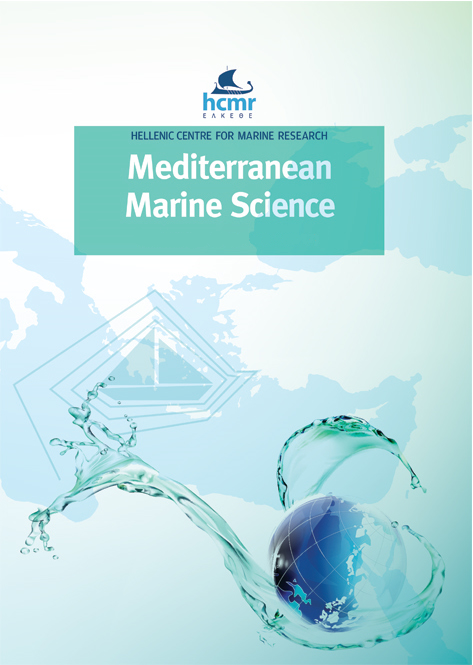Fouling of a boat hull by the invasive zooxanthellate coral Oculina patagonica - could shipping be enhancing its unique large-scale spread?

Abstract
The zooxanthellate coral Oculina patagonica (Scleractinia, Oculinidae) is an invasive species that was first recorded in the Mediterranean Sea in 1966 and currently has expanded its distribution across both the western and eastern Atlantic. Here, we reviewed data from multiple databases to compile historical distribution records of O. patagonica and analyze its spread. The chronological review highlights the unique spread of this zooxanthellate coral during the last two decades, expanding its distribution in multiple directions and establishing populations in disjunct regions separated by ~12,000 km, including most biogeographic regions within the temperate Mediterranean, the subtropical eastern Atlantic and the tropical Gulf of Mexico. The biogeographic distribution discontinuities documented in O. patagonica are difficult to explain by larval dispersion alone; therefore, other mechanisms may contribute to its large-scale spread pattern. This study provides the first observation of several O. patagonica colonies fouling the hull and metal crevices of a recreational boat in the western Mediterranean (37°N, 1°W). The presence of several mature O. patagonica colonies on a single ship, rather than a single coral colony rafting on natural or artificial floating substrates, could greatly increase its potential for spread, coupled with its ecological and biological traits adapted to rafting. We hypothesized that the travel of coral populations by shipping may act as a dispersal vector contributing to explaining the long-distance dispersal events and secondary introductions experienced by this invasive species. The broad spread of O. patagonica, which is able to drive phase shifts from macroalgae dominance to coral dominance, is consistent with the ongoing process of coral-mediated tropicalization of high-latitude shallow rocky reefs under current global change
Article Details
- How to Cite
-
SERRANO, E., RIBES, M., BOLIVAR, M., & COMA, R. (2023). Fouling of a boat hull by the invasive zooxanthellate coral Oculina patagonica - could shipping be enhancing its unique large-scale spread?. Mediterranean Marine Science, 24(1), 76–86. https://doi.org/10.12681/mms.30429
- Section
- Short Communication
Authors who publish with this journal agree to the following terms:
- Authors retain copyright and grant the journal right of first publication with the work simultaneously licensed under a Creative Commons Attribution Non-Commercial License that allows others to share the work with an acknowledgement of the work's authorship and initial publication in this journal.
- Authors are able to enter into separate, additional contractual arrangements for the non-exclusive distribution of the journal's published version of the work (e.g. post it to an institutional repository or publish it in a book), with an acknowledgement of its initial publication in this journal.
- Authors are permitted and encouraged to post their work online (preferably in institutional repositories or on their website) prior to and during the submission process, as it can lead to productive exchanges, as well as earlier and greater citation of published work (See The Effect of Open Access).




